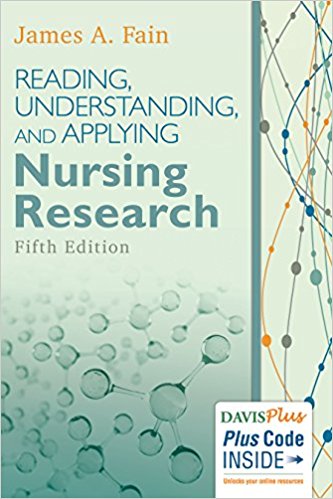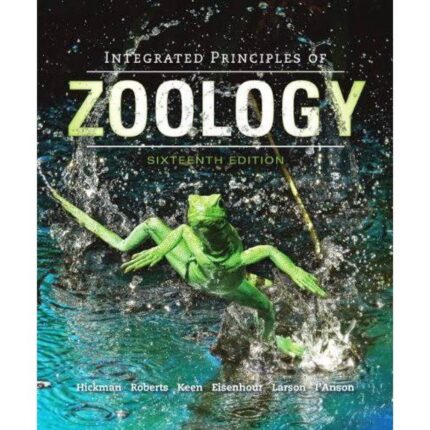Principles Of Animal Physiology 3rd Edition By Christopher D.Moyes – Test Bank
Chapter 11 Respiratory Systems
1)
One of the immediate products of mitochondrial respiration is
A)
oxygen.
B)
ATP.
C)
carbohydrate.
D)
carbon monoxide.
Answer:
B
Page Ref: 443
2)
In the context of respiratory physiology, what is ventilation?
A)
the process of moving the respiratory medium across the respiratory surface
B)
the movement of air
C)
the respiratory rate
D)
cooling caused by panting
Answer:
A
Page Ref: 444
3)
Tidal ventilation is
A)
when the ventilatory medium moves in and out of the respiratory chamber.
B)
bulk flow of water across the respiratory surfaces of cnidarians.
C)
the movement of water over the gills in most fish.
D)
when the partial pressure of oxygen in the medium is variable in a diurnal rhythm.
Answer:
A
Page Ref: 450
4)
Which of the following factors is NOT required for high efficiency gas exchange?
A)
moist surface
B)
large surface area
C)
low diffusion distance
D)
high cell volume
Answer:
D
Page Ref: 444-446
5)
The primary purpose of a respiratory pigment is
A)
oxygen transport.
B)
oxygen and CO2 transport.
C)
oxygen, CO2, and iron transport.
D)
nutrient transport.
Answer:
A
Page Ref: 473
6)
Which of the following is NOT explicitly included in the Fick equation?
A)
diffusion coefficient
B)
area of the membrane
C)
concentration gradient
D)
temperature
Answer:
D
Page Ref: 445
7)
Which of the following options is FALSE? The rate of diffusion is greatest when
A)
the diffusion coefficient is small.
B)
the membrane area is large.
C)
the energy gradients are large.
D)
the membrane is thin.
Answer:
A
Page Ref: 445
8)
In terms of the ideal gas law, if the temperature increases and the volume is not fixed, then
A)
pressure increases.
B)
concentration decreases.
C)
volume decreases.
D)
gas constant increases.
Answer:
B
Page Ref: 445
9)
In a spherical cell, the ratio of surface area to volume is
A)
1/r.
B)
1/r2.
C)
π.
D)
depends on cell size
Answer:
A
Page Ref: 448
10) The best way to explain cutaneous respiration is
A) diffusion of gases across a specialized respiratory surface with circulatory transport.
B) circulating the external medium through the body.
C) diffusion of gases across most or all of the body surface followed by transport of gases in an internal circulatory system.
D) diffusion of gases across specialized internal and external membranes.
Answer: C
Page Ref: 449
11)
Choose the most correct response. Which type of flow is most efficient?
A)
concurrent
B)
countercurrent
C)
crosscurrent
D)
It depends on the rate of flow of both the blood and the respiratory medium.
Answer:
D
Page Ref: 452








Reviews
There are no reviews yet.